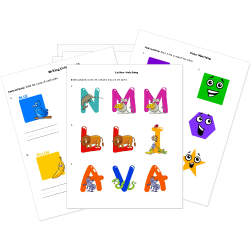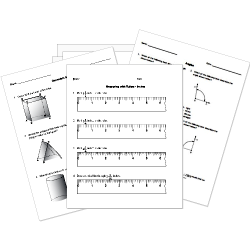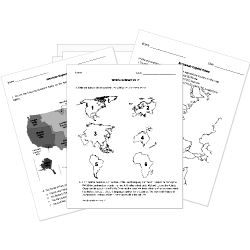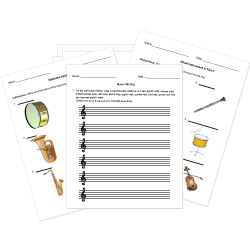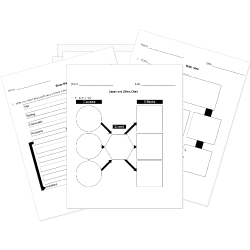Types of Data Transmission
Types of Data Transmission
This lesson aligns with NGSS PS4.C
Introduction
Data transmission is the process of sending data from one point to another over a communication channel. In our modern world, data transmission is crucial for connecting devices, enabling communication, and facilitating the flow of information across vast distances. Understanding the different types of data transmission is essential to appreciate how information travels efficiently in various systems. This article delves into the major types of data transmission, exploring how each functions and their applications.
1. Simplex Transmission
Simplex transmission refers to data transmission in which information flows in only one direction. It is a unidirectional communication mode, meaning that there is one sender and one receiver, and the roles cannot be reversed. The sender transmits data, and the receiver simply receives it, without sending any response or feedback.
Characteristics of Simplex Transmission:
- Data flows in only one direction.
- The sender cannot receive any acknowledgment or response from the receiver.
- Simplex is often used in systems where no two-way communication is required.
Examples of Simplex Transmission:
- Television broadcasting
- Radio broadcasting
- Keyboard to computer communication

Simplex transmission is suitable for applications where only one party needs to send data, and no feedback or acknowledgment is required.
2. Half-Duplex Transmission
Half-duplex transmission allows data to flow in both directions, but not at the same time. In half-duplex communication, devices take turns sending and receiving data, so at any given moment, only one device is transmitting data while the other is receiving it. Once one device has finished transmitting, the roles can be reversed, allowing the receiver to become the sender.
Characteristics of Half-Duplex Transmission:
- Data can flow in both directions, but only one direction at a time.
- Devices must alternate between sending and receiving.
- There is a time delay while switching between transmission and reception.
Examples of Half-Duplex Transmission:
- Walkie-talkies: When using walkie-talkies, only one person can speak at a time while the other listens. The listener must wait for the speaker to finish before responding.
- Two-way radio systems: Police radios and other similar communication systems use half-duplex transmission, allowing officers to speak and listen, but not simultaneously.
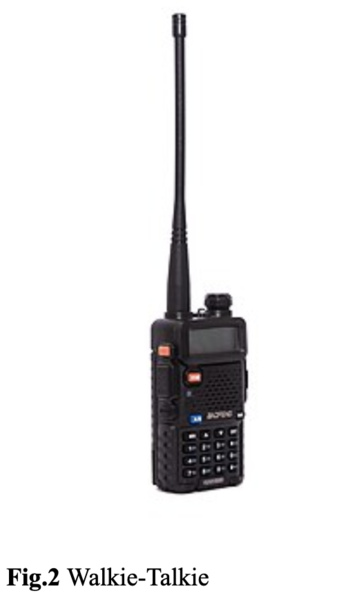
3. Full-Duplex Transmission
Full-duplex transmission allows data to flow in both directions simultaneously. In full-duplex systems, both the sender and receiver can transmit and receive data at the same time without any delay or interference. This makes full-duplex communication the most efficient type of data transmission when real-time, bidirectional communication is required.
Characteristics of Full-Duplex Transmission:
- Data flows in both directions at the same time.
- There is no need to wait for the other party to stop transmitting before sending data.
- Full-duplex provides the most efficient and fastest communication.
Examples of Full-Duplex Transmission:
- Telephones
- Modern Ethernet networks
- Video conferencing
Full-duplex transmission is widely used in telecommunications, high-speed networks, and real-time applications that require seamless two-way communication.
4. Serial Transmission
In serial transmission, data is sent one bit at a time over a single communication channel. Bits are transmitted sequentially, one after the other, in a continuous stream. Serial transmission is commonly used in long-distance communication, where minimizing the number of transmission channels is important.
Characteristics of Serial Transmission:
- Data is transmitted one bit at a time.
- It is suitable for long-distance communication and uses fewer communication channels.
- Serial transmission is slower than parallel transmission but is more reliable over longer distances.
Examples of Serial Transmission:
- USB (Universal Serial Bus)
- Serial ports
- Networking
Serial transmission is often preferred for communication over long distances due to its simplicity and reliability.
5. Parallel Transmission
In parallel transmission, multiple bits are sent simultaneously over multiple channels. Parallel communication is faster than serial transmission because it allows for the transmission of multiple bits at the same time. However, it is generally limited to shorter distances because synchronization issues can arise when trying to maintain multiple channels.
Characteristics of Parallel Transmission:
- Multiple bits are transmitted simultaneously.
- It requires multiple communication channels.
- It is faster than serial transmission but not suitable for long-distance communication.
Examples of Parallel Transmission:
- Printers
- Internal data transfer within computers
- Integrated circuits (ICs)
Parallel transmission is suitable for short-distance, high-speed communication, where many bits can be transmitted simultaneously.
6. Synchronous and Asynchronous Transmission
Synchronous Transmission:
In synchronous transmission, data is transmitted in a continuous stream, and the sender and receiver are synchronized to ensure that data is transferred without gaps or delays. This type of transmission is used when large amounts of data need to be transmitted quickly and efficiently.
Asynchronous Transmission:
In asynchronous transmission, data is sent one byte at a time, with start and stop bits used to signal the beginning and end of each byte. Asynchronous transmission is slower but simpler and does not require synchronization between the sender and receiver.
Conclusion
- Simplex transmission refers to data transmission in which information flows in only one direction.
- Half-duplex transmission allows data to flow in both directions, but not at the same time.
- Full-duplex transmission allows data to flow in both directions simultaneously.
- In serial transmission, data is sent one bit at a time over a single communication channel.
- Bits are transmitted sequentially, one after the other, in a continuous stream.
Related Worksheets:






